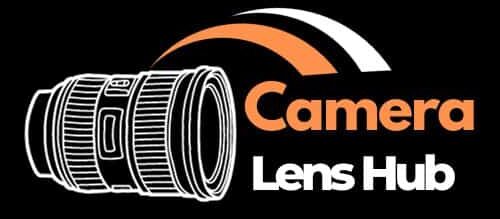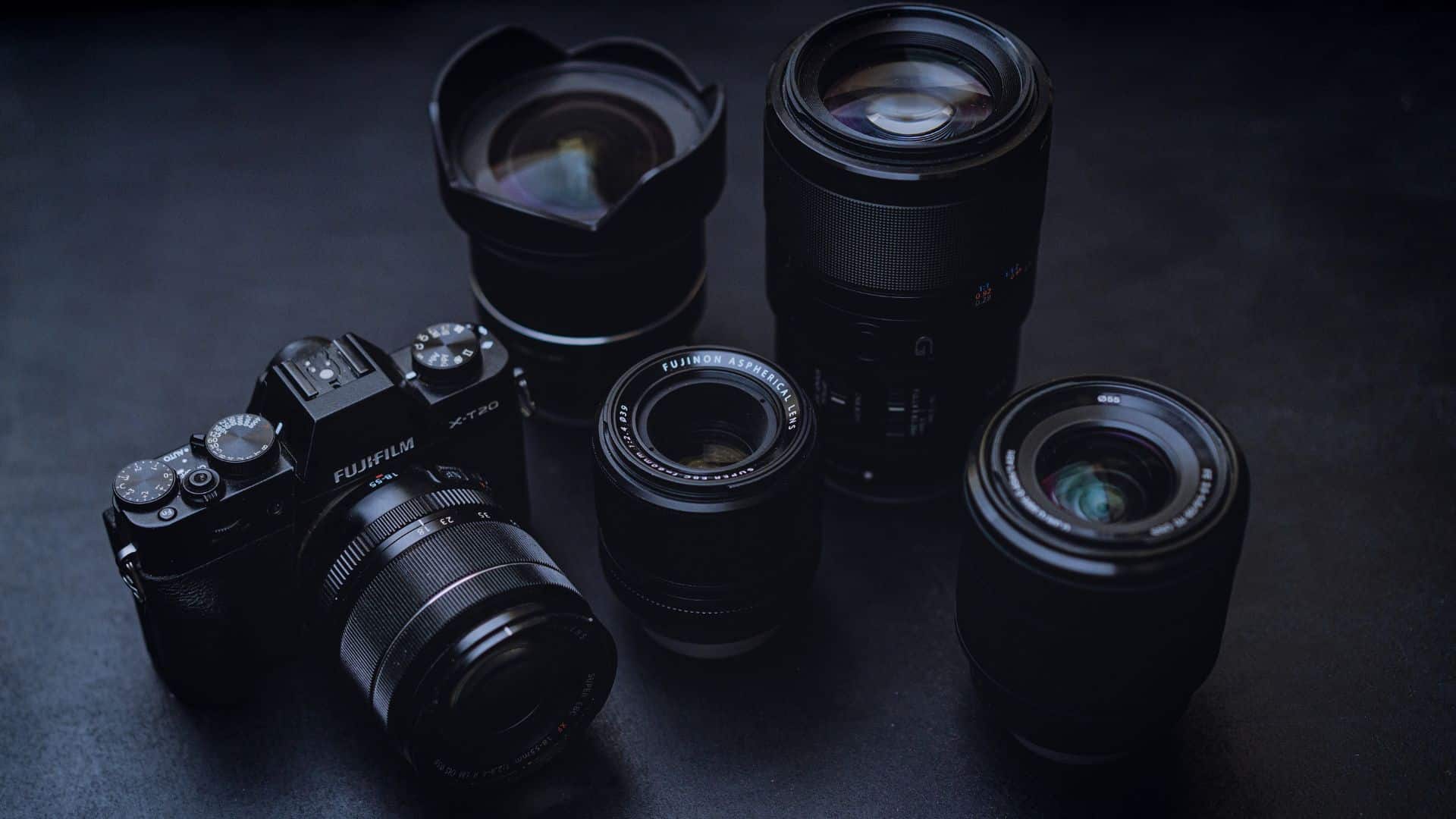When it comes to choosing a camera lens, there are a few major manufacturers that are consistently at the top of the recommendations lists. Some of the biggest brands that dominate the professional and advanced amateur camera lens market include Canon, Nikon, Sony, Sigma, and Tamron. Each of these manufacturers has its pros and cons, specializations, and legendary lenses. In this post, we’ll take a deeper look at who makes the best camera lenses.
1. Canon
Canon is undoubtedly one of the top camera lens manufacturers, known for their EF and RF lens mounts used on Canon DSLRs and mirrorless cameras respectively. Some key strengths of Canon lenses include:
- Sharpness – Canon lenses are noted for their consistently sharp images across the frame, even when shooting wide open. Their EF-S and EF lenses rarely disappoint in the sharpness department.
- Autofocus – Canon’s Dual Pixel CMOS autofocus system is extremely fast and accurate for both stills and video. AF on Canon lenses tracks focus smoothly.
- Build quality – Canon lenses feel very solid and durable. Weather sealing is common on L-series lenses.
- Specialized lenses – Canon excels at wide-angle zooms, macro lenses, and super telephotos like the 100-400mm.
Some potential downsides are that Canon camera lenses can be on the pricier side compared to third parties. They also don’t have as many ultra-wide prime lens options under 24mm.
Legendary Canon lenses include the 16-35mm f/2.8L III, 24-70mm f/2.8L II, 70-200mm f/2.8L IS III, 85mm f/1.2L II, and 800mm f/5.6L IS. The RF lens mount also opens up new possibilities.
2. Nikon
Nikon is equally reputable for professional-grade F-mount DSLR lenses that pair perfectly with Nikon cameras. Key traits include:
- Image quality – Nikon lenses deliver sharp, detailed images matched closely by a few others. Quality is exceptionally high even on budget Nikkor lenses.
- Vast lens selection – With decades in the business, Nikon has a lens for virtually any application from ultra-wides to super telephotos to tilt-shifts.
- Durability – Nikkor lenses feel rock solid and weather-sealed higher-end G lenses can stand up to demanding conditions.
- Fast autofocus – Like Canon, Nikon DSLR AF with older lenses is very snappy and reliable for both stills and video.
Potential downsides could be some lenses feeling slightly clinical about bokeh and character. Prices are also high compared to third parties on certain focal lengths. Top-rated Nikkor lenses cover wide angles, macros, sports, and wildlife including the 14-24mm f/2.8G, 85mm f/1.4G, 200-500mm f/5.6E.
3. Sony
Sony has quickly become a major third force in the full-frame camera market dominated by Canon and Nikon. Their big strength lies in:
- Autofocus – Both DSLR-style SLRs and mirrorless bodies have phenomenal eye AF and subject tracking for both stills and video.
- Lens selection – A native FE lens lineup to serve E-mount and older A-mount lenses with adapters provides many affordable options.
- Image quality – Especially on newer G Master lenses, sharpness and resolution exceed most DSLR lenses, aided by sensor tech.
- Size – Many Sony lenses are considerably smaller than equivalent DSLR options with comparable image quality.
Potential weaknesses could be less extensive third-party lens support, and Sony DSLR lenses not feeling quite as robust as pro-Canon/Nikon lenses. Top Sony lenses are the 24-70mm f/2.8 GM, 20mm f/1.8 G, 70-200mm f/2.8 GM, and 200-600mm.
4. Sigma and Tamron
As two of the biggest third-party lens manufacturers, Sigma and Tamron consistently deliver exceptional performance at more affordable price points than first-party options.
- Value – Lenses comparable to ‘L’ series quality can often be had for thousands less than Canon/Nikon equivalents.
- Image quality – Modern Art, Sports, and Contemporary lenses rival those of first parties in sharpness, detail and contrast control.
- Versatility – Both offer unique focal lengths not addressed by Canon/Nikon like ultra-wides and tilt-shifts.
- Autofocus – While DSLR AF sometimes lags pro lenses, contemporary AF models track just as smoothly as first-party.
Some potential weaknesses could be slightly heavier construction and bulk compared to the first party. And continuous firmware/software updates aren’t as seamless as native mounts.
Top recommended camera lenses from each brand include the Sigma 14-24mm f/2.8 DG DN | Art, 35mm f/1.4 DG HSM Art, Tamron 17-28mm f/2.8 Di III RXD, 70-180mm f/2.8 Di III VXD, and 150-500mm f/5-6.7 Di III VXD.
Evaluating the Best Overall Lens Maker:
So who comes out on top when considering all these major manufacturers? There’s no single hands-down winner, as each specialized strength depends on shooting needs:
- For DSLR compatibility, build, native AF and specialist lenses – Canon and Nikon lead here.
- For mirrorless mount autofocus, size, and newest mirrorless lenses – Sony is hard to beat.
- For value at a compromise on weather sealing – Sigma and Tamron offer the most bang for the buck.
If going strictly by lens quality alone without price or system, Canon and Nikon ‘L’ options are unmatched. But the gap has closed tremendously with Sony, Sigma Art and Tamron SLM lenses matching or exceeding older flagship pro lenses in sharpness and control.
Conclusion:
In conclusion, there is no single best camera lenses maker as each brand excels in different areas. Canon and Nikon have the most extensive lens selection and weather-sealed pro options, while Sony pushes technical limits. Sigma and Tamron offer exceptional third-party lenses at more affordable prices. Ultimately, the best lens maker depends on the camera system, shooting needs, and budget of each photographer. While image quality is increasingly comparable across platforms, compatibility with the body should be the primary consideration when choosing lenses.
FAQs: Who Makes the Best Camera Lenses:
Q. What is the best lens brand for autofocus?
Ans: Canon and Nikon DSLR lenses have famously fast and accurate autofocus, while Sony leads for mirrorless with advanced eye and subject tracking.
Q. Which brand has the widest lens selection?
Ans: Thanks to its long history, Nikon has the most lenses available for its F-mount, spanning ultra-wide angles to super telephotos.
Q. Are expensive lenses worth it?
Ans: For professionals or serious amateurs, premium “L” lenses from Canon and Nikon do offer noticeably sharper image quality. However, mid-range options are very good too.
Q. Do third-party lenses perform as well?
Ans: Yes – Sigma Art, Tamron SP and G2 models regularly out-resolve even flagship Canon and Nikon lenses while costing less. Autofocus speeds have also vastly improved.
Q. Which brand makes the best super telephoto camera lenses?
Ans: Both Canon and Nikon are respected for their pro-level super telephoto primes and zooms offering 500mm or longer, prized for sports, wildlife and paparazzi work.

